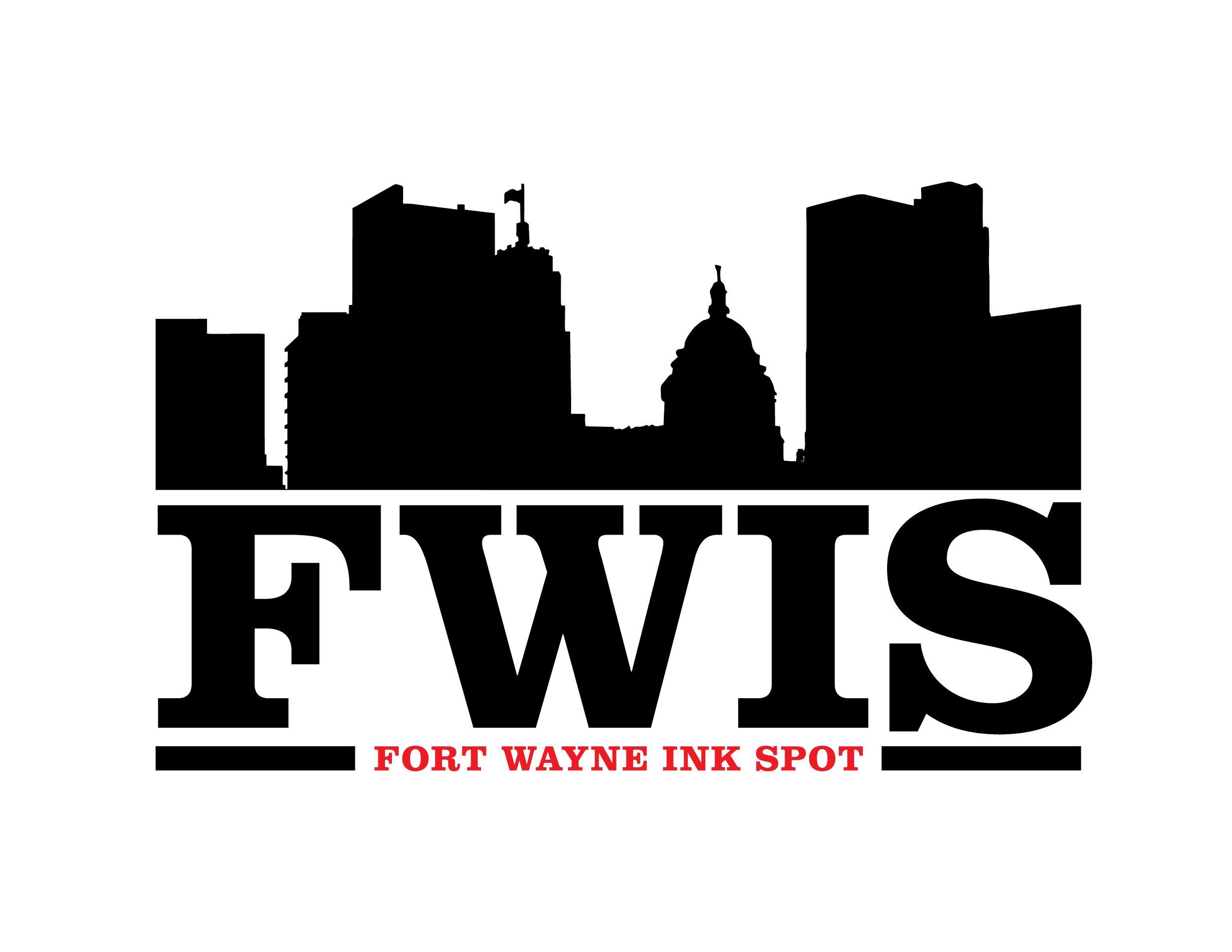Breast Cancer Awareness Month

By Tabitha Ervin
FWIS Editorial Director
Every October people everywhere recognize and acknowledge breast cancer awareness month. Some of us grieve silently and wear pink boldly for survivors and those who have gained their wings in the fight. As I write this I honor many of those still fighting and pray for families grieving. Many years ago, a highschool teammate of mine from our basketball team fought a faithful fight and gained her wings. I remember being with my classmates holding her hand and praying with her the day before she passed. I will always acknowledge her and many others during this month but I also want to bring awareness to the history and encourage us all to get our mammograms, know the risk factors and do our self checks while also acknowledging the pain and sorrow this month can cause many of us.
This information is provided by Breastcancer.org.
The event began in 1985 as a week-long awareness campaign by the American Cancer Society, in partnership with Imperial Chemical Industries. It eventually extended to a month-long event and in 1992, the pink ribbon was introduced.
The original use of ribbons for specific causes dates back to 1979, when "Tie a Yellow Ribbon Round the Ole Oak Tree" inspired Penney Laingen — whose husband was a prisoner of war — to display yellow ribbons as a symbol of hope.
The breast cancer awareness ribbon almost wasn't pink; a grassroots effort by Charlotte Haley began with peach-colored loops. At the same time, Alexandra Penney, Self magazine's Editor-in-Chief, partnered with Evelyn Lauder, Estée Lauder's Senior Corporate Vice President and a breast cancer survivor, to distribute pink ribbons after the magazine’s second annual Breast Cancer Awareness Month issue.
Breast Cancer Awareness Month, held in October every year, aims to promote screening and prevention of the disease, which affects one in eight women in the United States every year and 2.3 million women worldwide. Known best for its pink theme color, the month features a number of campaigns and programs — conducted by groups ranging from breast cancer advocacy organizations to local community organizations to major retailers — aimed at:
- supporting people diagnosed with breast cancer, including metastatic breast cancer
- educating people about breast cancer risk factors
- stressing the importance of regular screening, starting at age 40 or an age that’s appropriate for your personal breast cancer risk
- fundraising for breast cancer research
October 13 is nationally recognized in the United States as Metastatic Breast Cancer Awareness Day. About 30% of early-stage breast cancers eventually metastasize (spread to parts of the body away from the breast), and the day is intended to drive awareness of the need for more research about metastatic disease.
Men’s Breast Cancer Awareness Week
Although breast cancer is much more common in women, breast cancer affects men, too. In 2021, U.S. President Joe Biden designated October 17 to October 23 Men’s Breast Cancer Awareness Week. About 2,710 American men this year are expected to be diagnosed with breast cancer, and about 530 are expected to die from the disease. But lack of awareness and stigma can be barriers to detection and care. Some men, trans men, and non-binary people choose to call their cancer chest cancer.
Breast cancer awareness: Statistics
Breast cancer is the most commonly diagnosed cancer among American women.
Black women are most likely to die from breast cancer than women of any other racial or ethnic group. Experts believe that it’s partially because about 1 in 5 Black women is diagnosed with triple-negative breast cancer, more than any other racial or ethnic group.
About 85% of breast cancers occur in women who have no family history of breast cancer. These occur due to genetic mutations that happen as a result of the aging process and life in general, rather than inherited mutations.
Breast cancer risk factors
Just being a woman and growing older are the two biggest risk factors for breast cancer. Those factors are difficult to change, but you can change other risk factors, such as smoking, drinking alcohol, and not exercising regularly.
Breast cancer screening
Regular breast self-exams, an annual exam by your doctor, and yearly mammograms are important tools in breast cancer detection — especially early detection, when cancers may be more treatable.
Things to do this Breast Cancer Awareness Month
If you delayed your annual mammogram because of COVID-19, schedule your appointment now and encourage your friends and family to do the same.
Learn more about breast cancer and how it affects people’s lives from our podcast, videos, and medically reviewed educational content on Breastcancer.org.
Join community discussion forums to ask questions or connect with others. You can also attend a virtual meetup for support related to your diagnosis or if you are a caretaker for someone who’s been diagnosed.
Support the work of breast cancer advocacy organizations, and consider making a donation to Breastcancer.org. Millions of people turn to Breastcancer.org to make sense of a breast cancer diagnosis. We’re here to help people understand complex medical decisions and get the best care possible.
For some of its controversy, Breast Cancer Awareness Month can be a good reminder to learn more about breast cancer, the risk factors for you and those you love — and how to minimize them — and the importance of being screened for the disease.
Donate to support free resources and programming for people affected by breast cancer: https://give.breastcancer.org/give/294499/#!/donation/checkout?c_src=clipboard&c_src2=text-link
